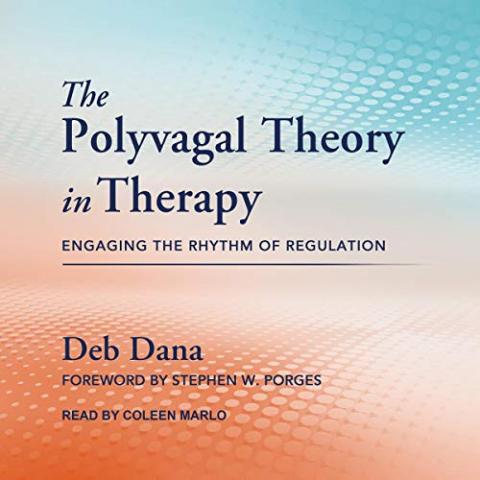Clinical Applications of the Polyvagal Theory The Emergence of Polyvagal-Informed Therapies

Clinicians who have dedicated their work to bringing the benefits of the Polyvagal Theory to a range of clients have come together to present Polyvagal Theory in a creative and personal way.
Chapters on a range of topics from compassionate medical care to optimized therapeutic relationships to clinician's experiences as parents extract from the theory the powerful influence and importance of cases and feelings of safety in the clinical setting. Additionally, there are chapters which:


